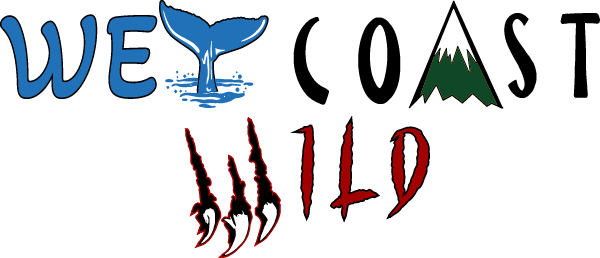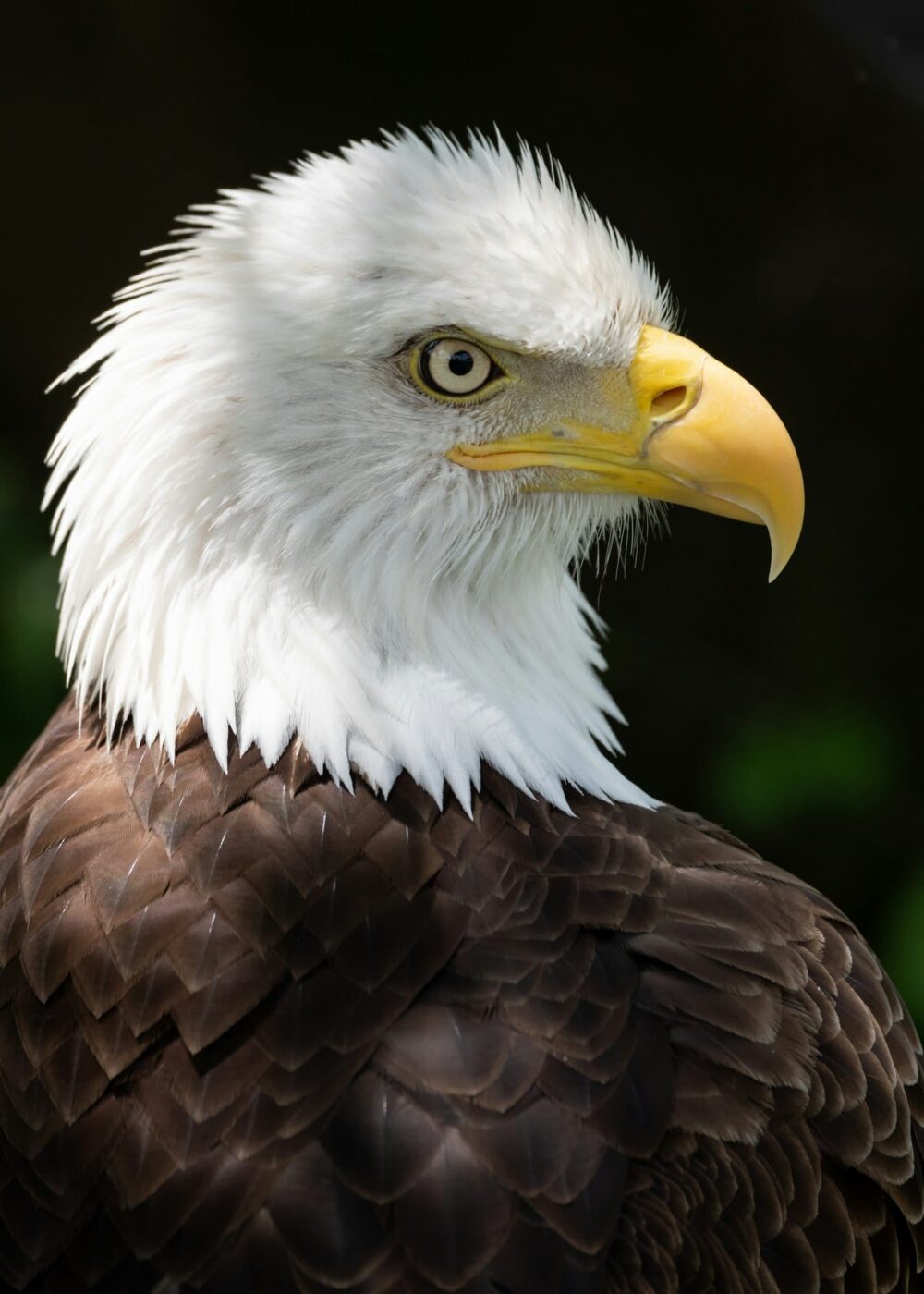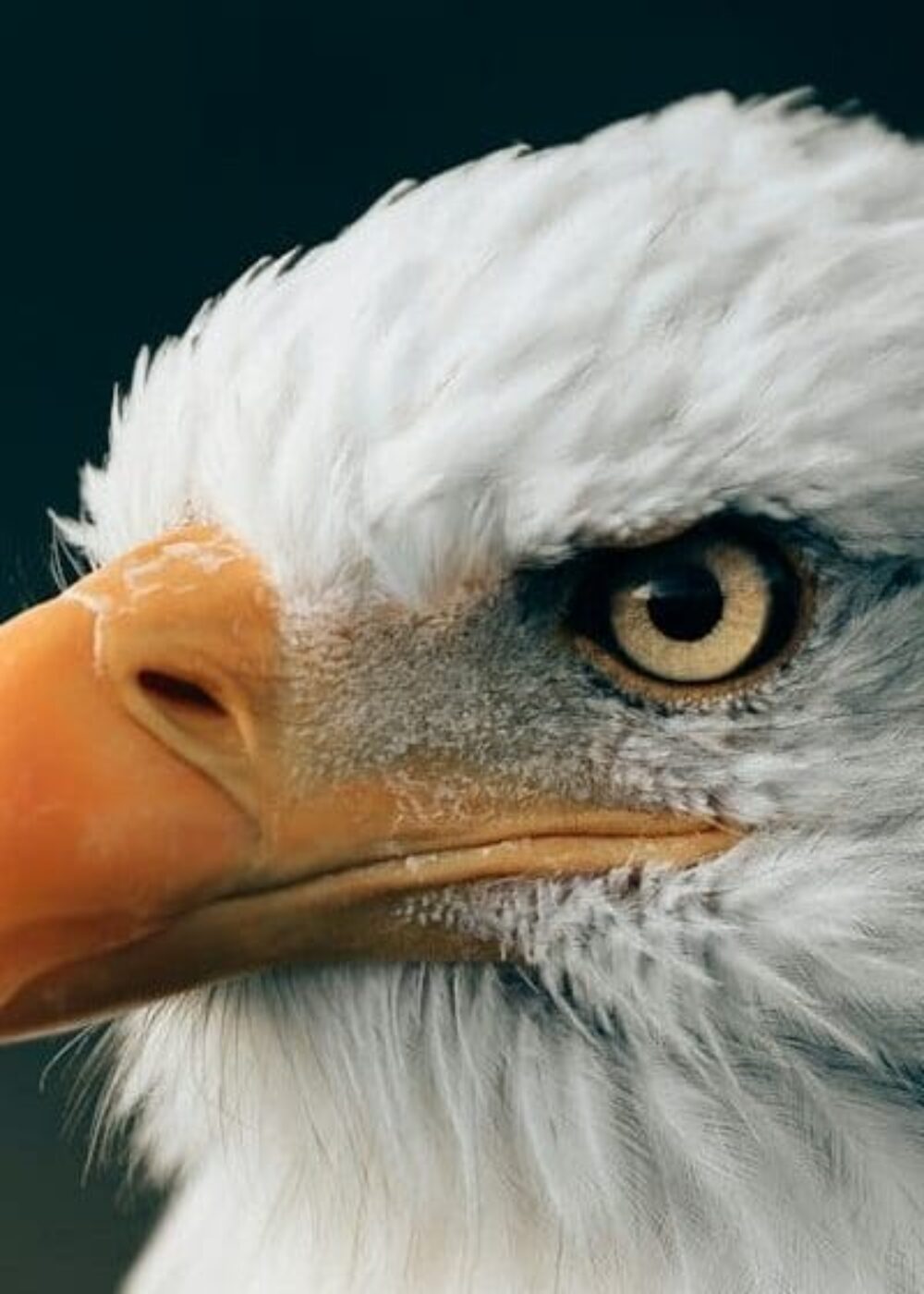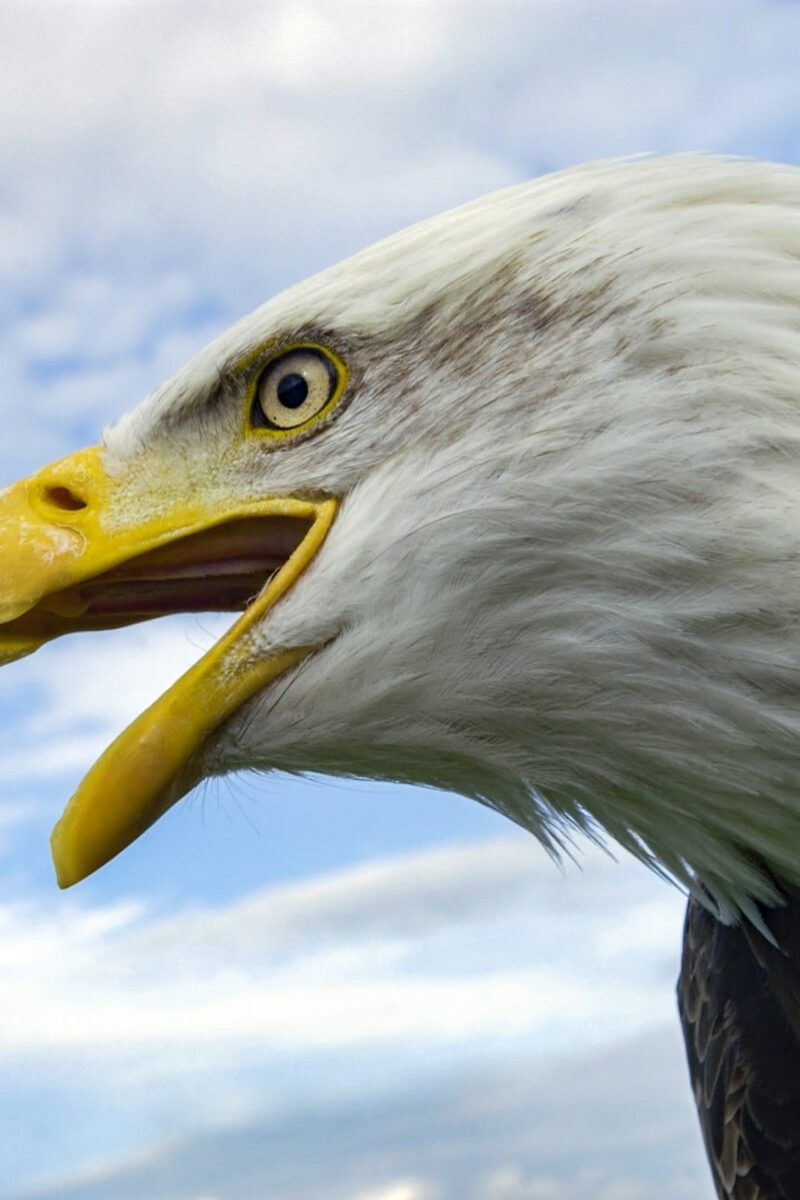Vancouver Island’s Bald Eagle
The majestic Bald Eagles of Vancouver Island are an integral part of the island’s rich biodiversity. With their striking physical features, these raptors are a symbol of strength and freedom. They are primarily found in coastal areas, showcasing a strong affinity for regions rich in marine life.
Exhibiting fascinating behavioural traits, their life cycle and reproductive patterns provide an intriguing study for ornithologists. Despite threats from human activities, these eagles continue to thrive, exerting a profound influence on the cultural fabric of Vancouver Island.




